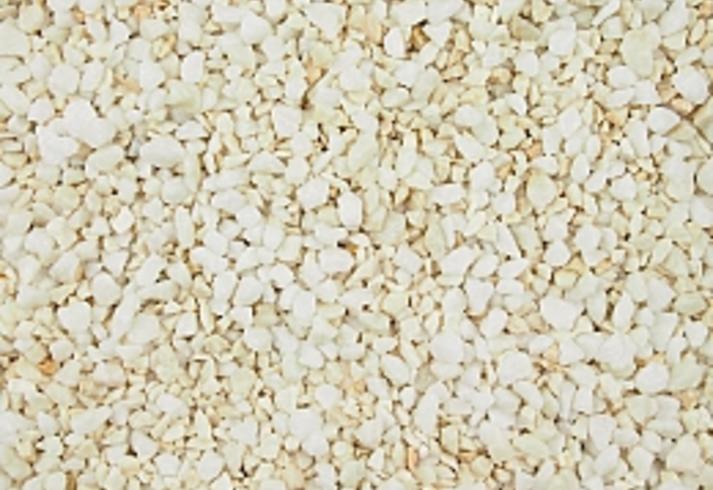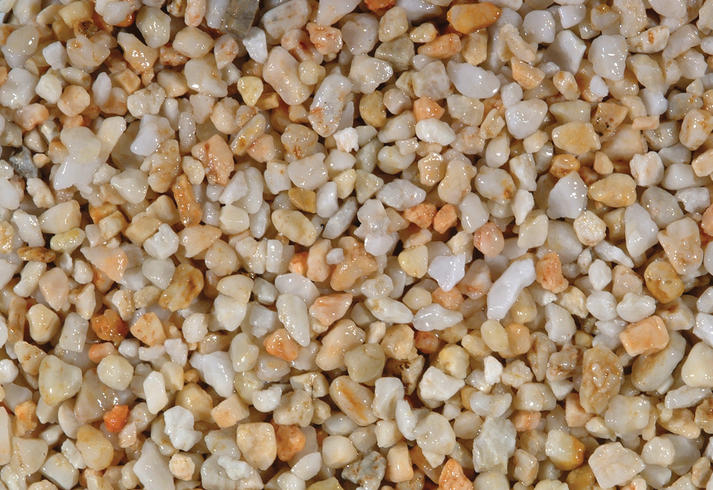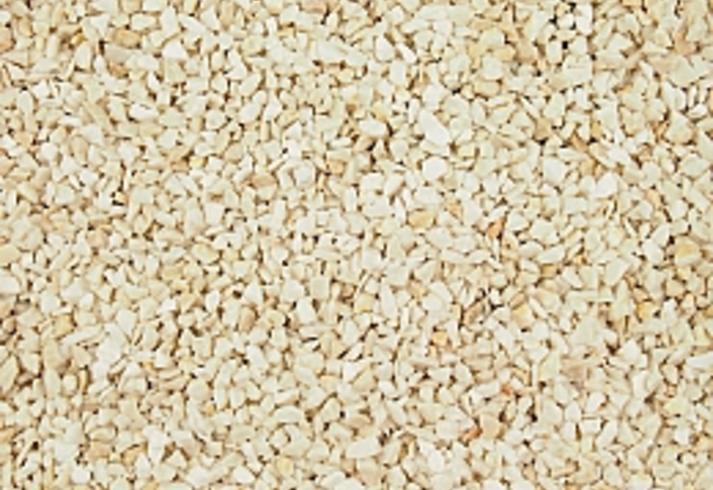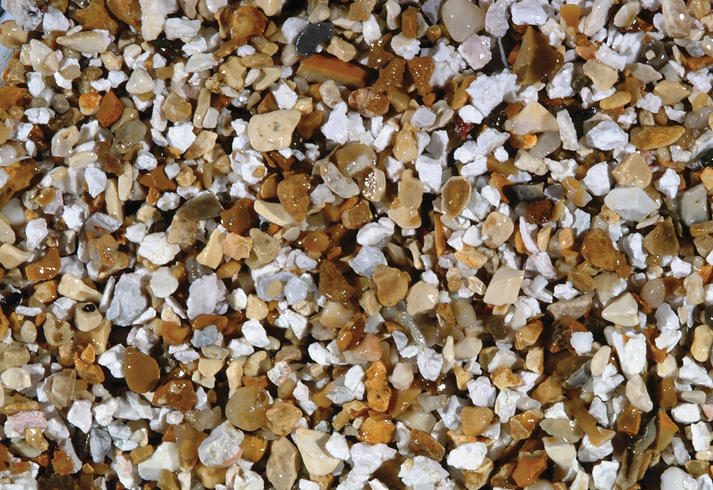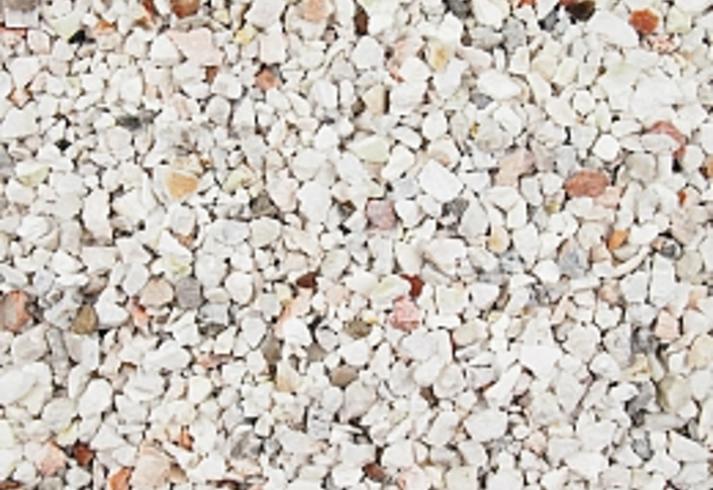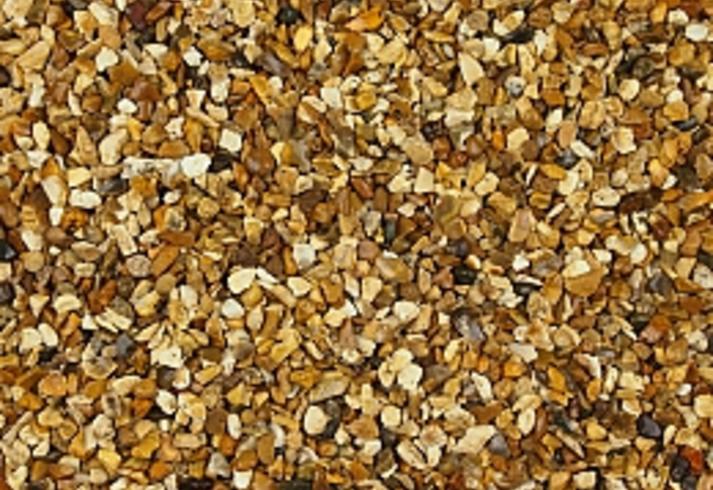Rectifying Rendering Problems
The long term effectiveness of any treatment requires the correct identification of the defect and the removal of the source of that defect be it bad design, workmanship or whatever. Removal of the defective material if required and effective preparation of the substraight. There are three courses of action that are appropriate.
Patching
In many cases this would be the most economic solution in the short term. Patching involves cutting out the defective areas to a sound substrate to produce a suitable key and re-rendering in two coats with a matching das or textured finish. Visually this would not be the most appealing finish as it is highly unlikely that it will match the original finish. Dry-dashing patching despite careful matching of aggregates will stand out against the weathered appearance of surrounding render. You may also experience shrinkage of the new area leaving a troublesome perimeter fissure that could be problematic allowing a ready route for water to get behind the render.
Re-rendering
Providing the defective rendering can be entirely removed without damaging the sub-straight re-rendering can be an effective long term solution.
Overcoating
This requires the application of a supplementary coat (or coats) of render on top of the existing render finish. This solution is usually used when the existing render requires renewing if it is bald or having lost is texture over the years through weathering. It may be thin through skimping in the original application or through wear and tear over the years. The building may have lost its decorative qualities and require a new look or updating. It is sometimes used if the building has been extensively patched and a unified surface appearance is required.
Overcoating is technically the most problematic remedial process. It is not possible to over coat a building with additional render and assume that it will perform unless careful thought is given to its specification, materials and application. The quality of the surface preparation is very important. The main issues relating to this process is that the new render is likely to overstress the original, causing shear problems particularly when curing and drying. This can result in not only the new render eventually coming away but in the total delaminating of the entire rendering. The rule that the render must be a weaker coat (i.e. less cement content) in each successive coat is more than ever important in Overcoating work.
There are two methods of Overcoating that can overcome these technical issues. One option would be to use a mechanically fixed metal lath. This would require the preparing the existing surface thoroughly by cleaning with a biocide to remove any moss. Hammer testing and repair any defective areas. Surface cleaning and roughening, preferably by grit blasting. An application of a polymer modified stipple coat with a heavy peaked texture. This would only apply if there is inadequate surface roughness to make the lath stand off the surface and give a mechanical fix. The metal lath would require fixing to all areas in accordance with the manufactures instructions.
By using this method the walls are keyed for the new render by the lath which holds the new coat in position. Problems with shear or delaminating are overcome and should not affect the new rendering. The use of lath allows the new render to perform more or less independently.
Contact us on 01629 636500 for any help or technical advice or Contact Us or email sales@derbyaggs.com













